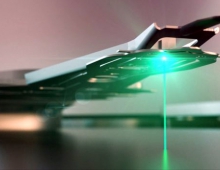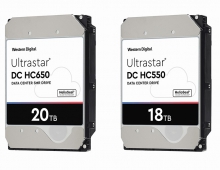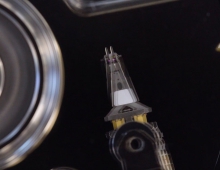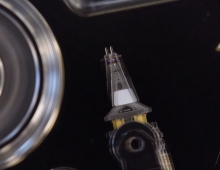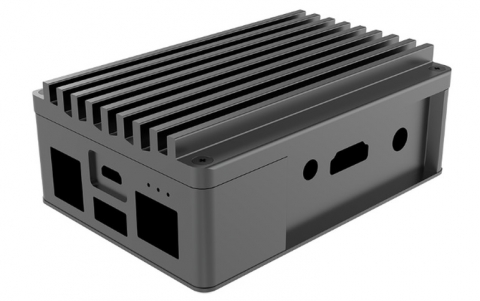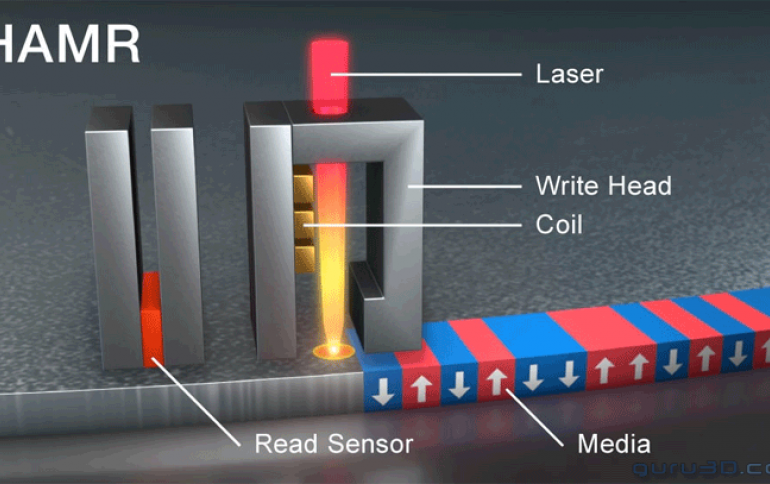
Graphene and HAMR combo bring HDDs the potential for ten times more storage capacity
Over the years the bottleneck for HDDs have been their mechanical nature, access times and performance overall compared to SSDs are slow. However, the two things that HDDs have still going for them are price and volume. In Recent years we've seen tech like HAMRevolve, expanding volume sizes.
Researchers at the University of Cambridge say they have managed to increase the achievable data density tenfold with the help of graphene. Hard drives use a carbon-based overcoat to protect the platter from read and write heads and other factors. To increase storage capacity, manufacturers have reduced the space between the head and the platters. Today it is about 3 nanometers thick, which has increased the density to about 1 TB per square inch.
The researchers replaced this coating with a variant of graphene, containing one to four layers of the material. After measuring corrosion, thermal stability, surface smoothness and lubricant handling, they concluded that graphene reduces friction by a factor of two and causes two and a half times less corrosion. Hamr heats the iron-platinum alloy platters to high temperatures that regular coatings cannot handle. Graphene in combination with hamr should be able to lead to a data density of about 10 TB per square inch.
More information can be found over https://www.cam.ac.uk/research/news/ultra-high-density-hard-drives-made-...

